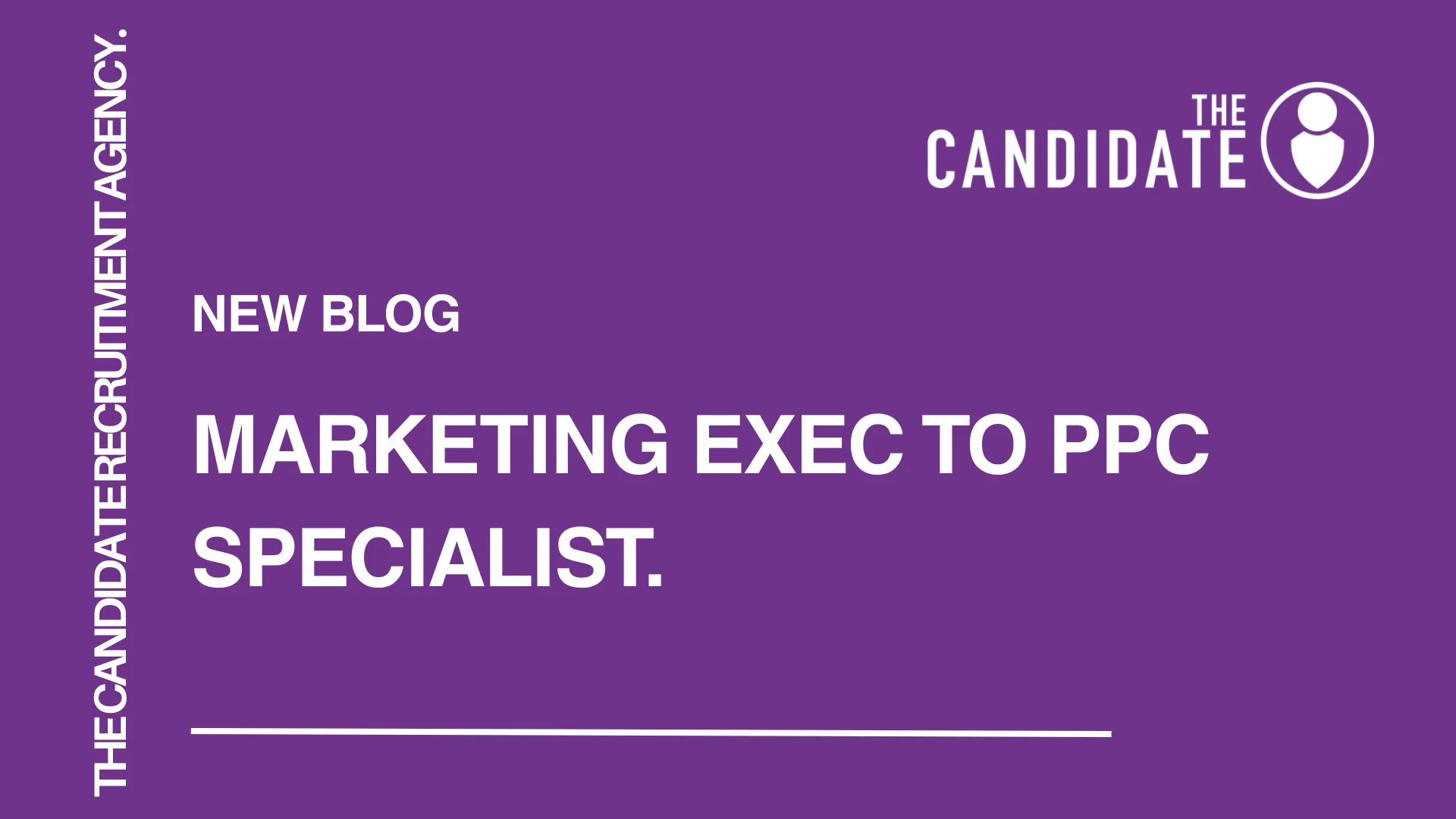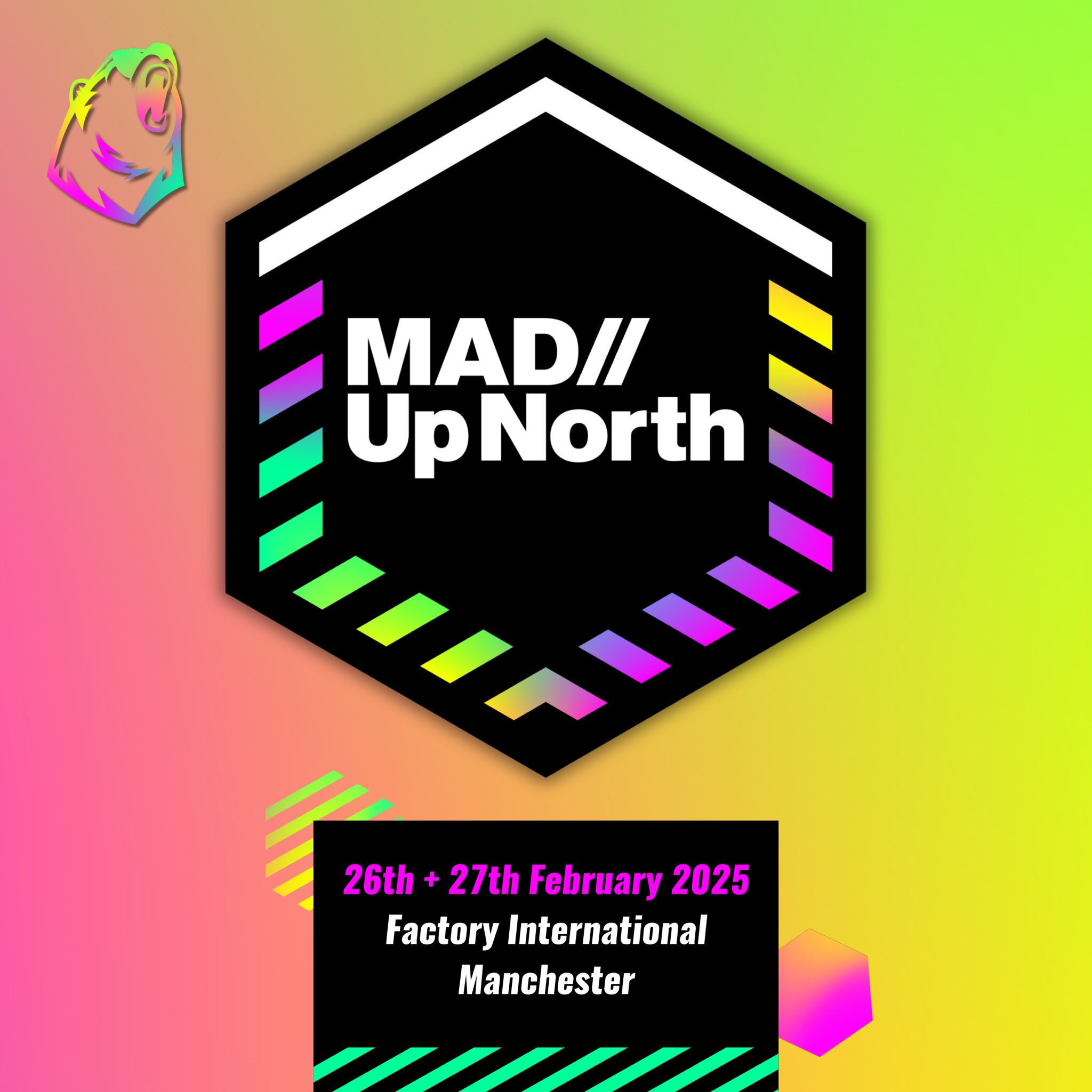
I had the pleasure to attend a really insightful digital workshop, hosted by Prolific North and led by Simon Bollon, Founder and Director of Boutique Agency in Leeds, focussing on the ‘Marketing Funnel’ – a tool used by marketeers for decades. Based on the AIDA model (Attention, Interest, Desire, and Action), it suggests that consumers move through those stages when making a purchase decision, and that the number of customers reduces at each stage. For example, lots of people may see an advert for a new car, but not everyone will be interested in buying it, even fewer will desire that exact model, and only a small number will actually make the purchase. Throughout my time at University studying marketing, we referred to this model frequently, using it to understand consumer behaviour and marketing strategy. However, Simon argues that the model needs some vital updates in order for it to remain relevant in today’s landscape.
Prolific NorthSimon BollonBoutique Agency
The Landscape has Shifted
Firstly, it is important to understand how the industry has changed. The rise in digital has disrupted the traditional sales process – not only has it reduced the barriers to entry for a lot of brand which in turn increases competition substantially, but it has also widened the number of channels available to reach consumers. This then means that customers are more overwhelmed and bombarded with marketing messages than ever before, meaning brands must consider a more holistic and gradual strategy to assimilate their brand image in customers minds. For example, Simon stated that for some brands, 64% of their social media followers are not yet customers – it takes them a substantial period of engagement before a purchase is made.
It is also important to consider what the tradition funnel lacks. The most significant admission from this model is the acknowledgement of emotion – which we all know from personal experience can be a real trigger when it comes to purchasing goods. Simon mentioned that emotional appeals to consumers makes them 5x more likely to buy! A great example of this is Coca Cola’s ‘Taste the Feeling’ campaign which taps into their customers’ idea of happiness. Also, The ‘action’ stage of the traditional funnel could mean anything from purchase, to advocacy, or even referral – however it does not show feedback on how those actions impact other consumers awareness.
Time for a Change
Now we come to the updated model:

Assimilation
Customers assimilate all brand activity when it comes to their awareness of a product or brand. This is the stage where brand awareness, associations, and perceptions are important. Simon explained how customers often interpret that a brand that is widely available is more popular, showing the importance of investing in channels such as TV and digital.
Triggers
Most of the time, our purchase decisions are driven by needs or influence. Advertising efforts can either trigger needs (e.g a McDonalds advert making your hungry) or build assimilations (e.g. a McDonalds ad making you think of the brand as family friendly). It is important from brands to choose the right time and place for their advertising to optimise these triggers, which can be done through data insights and research.
Exploration
This is when emotion comes into play. When customers are exploring the marketplace and encounter a brand, they are also exposed to its affiliations and associations. Tools such as PR and Social Media are key at this stage, as they can help shape these perceptions. Earned media such as reviews are also relevant here, showing the importance of considering the funnel as a reflexive and cyclical model when action (advocacy) influences exploration.
Evaluation
Evaluation is the more rational side to the purchase – when customers consider the price, features etc., and compare to other brands. This is when owned media such as websites and advertising can help influence consumers decisions. Price point, reviews, and market positioning are all key factors at this stage.
Purchase (Experience)
Finally, the customer is ready to purchase the brand’s offering. Keeping the reflexive nature of the model in mind, it is important for brands to re-engage with customers here, whether that’s through CRO, CRM, SEO, or any initiatives to encourage loyalty, advocacy, or referrals.
By considering this updated marketing funnel model when envisioning customer journey, it may help marketeers create a more relevant and effective marketing strategy for their brand. Thank you Simon and Boutique Agency, as well as Prolific North and David Prior for hosting this great event.
David PriorWritten by Natalie Metcalf
Natalie Metcalf
If you enjoyed this article and want to take the next step in your marketing career, why not take a look at our marketing roles here.
here.Read our latest news here.
here.Check out our digital jobs here.
here.Check out all our job opportunities in Technology here!
here!Fancy a new analytics challenge? Click here!
Click here!If you're looking for a new role, get in touch with us today!
get in touchIf it’s creative roles that you are after, click here.
Progress your career with a brand new Contract role? Click here!
Click here!
If you would like to feature on our blog, get in touch!
get in touch!To get the very latest jobs, news and blogs follow The Candidate on Linkedin here!
The Candidate on Linkedin here!

